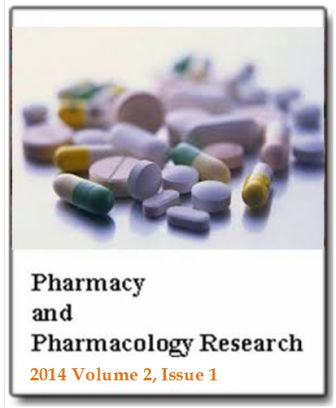Comparison of the effects of a single bout of resistance exercises with different intensities on oxidative stress in untrained male students
Mohammad Hossein Sepehri, Masoud Nikbakht, Abdolhamid Habibi and Mustafa MoradiPharmacy and Pharmacology Research
Published: JUne 23 2014
Volume 2, Issue 1
Pages 9-13
Abstract
The aim of this study is to compare the effects of a single bout of resistance exercise with different intensities of oxidative stress on male students who did not do any kind of sports whatsoever. In this study, 16 untrained subjects with a mean age of 24.40 ± 1.7 years, height 176 ± 6.83 cm, weight 69.89 ± 6.6 and BMI 22.89 ± 0.89 kg/m2, were divided into two groups of high-resistance (HR) and low-resistance (LR). The exercise protocol involved Scott and leg stretching for the lower limbs and stretch underarm and chest press for the upper limbs. The subjects performed each exercise 3 times (one minute rest between sets). The high-resistance group performed the test in 85 to 90% of one repetition maximum (4 to 6 reps) and the low-resistance group performed the test in 25 to 30% of one repetition maximum (25 to 30 reps). Malondialdehyde (MDA) as an index of lipid peroxidation was measured before exercise, immediately, 6 and 24 h after exercise. Our data were analyzed using two factor repeated measures. Our results revealed a significant increase in MDA in response to two different resistance exercise intensities at pre and post exercise time points in two groups (P < 0.05). The results showed, a significant difference was observed in MDA level after challenge between two groups and greater amounts were observed in the high intensity group (p < 0.01 F = 208.99). Overall, although both intensities appeared to increase resistance oxidative stress, the values of the HR group was significantly higher.
Keywords: Resistance exercise, oxidative stress, free radicals, Malondialdehyde.
Full Text PDF
